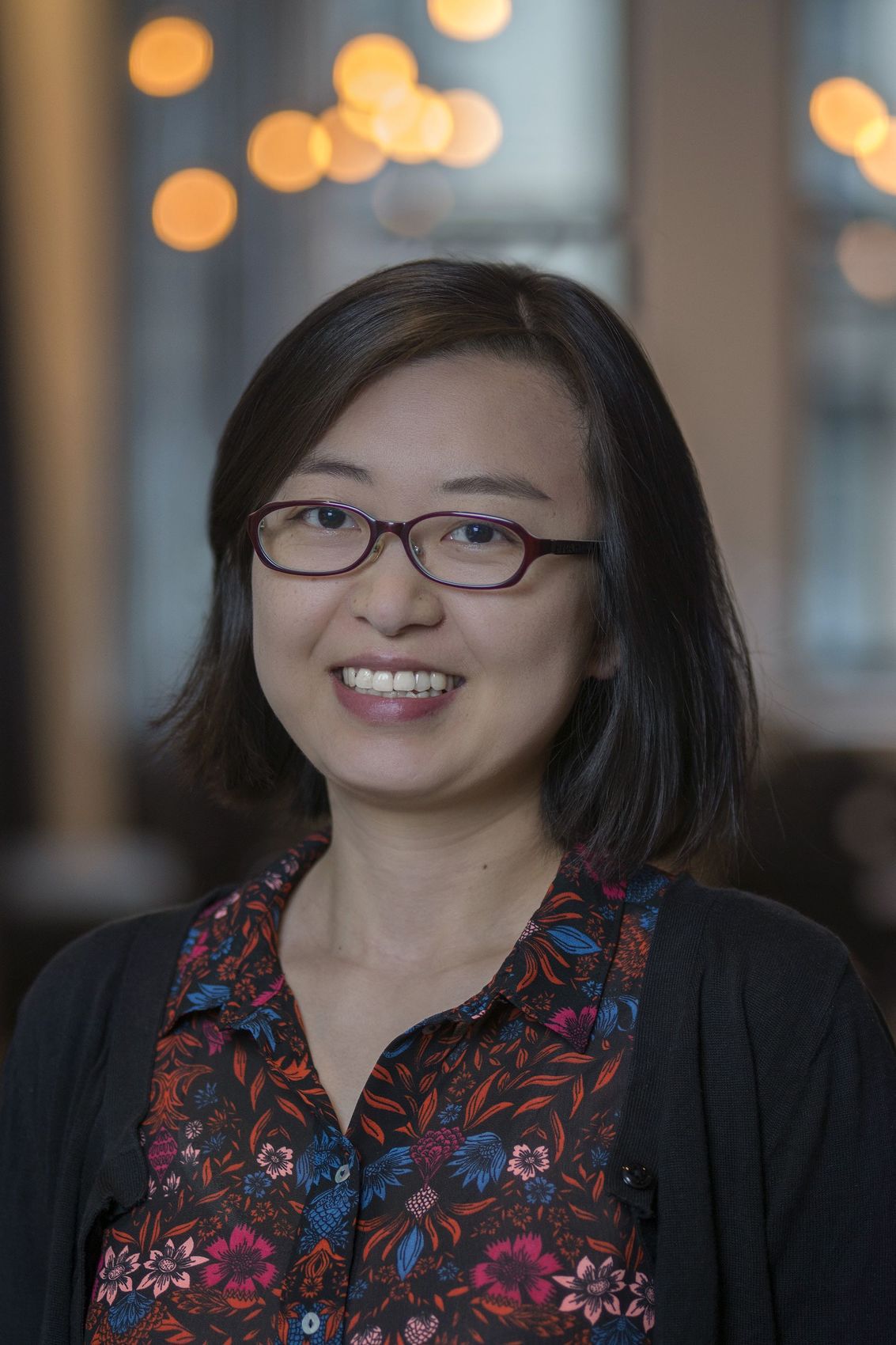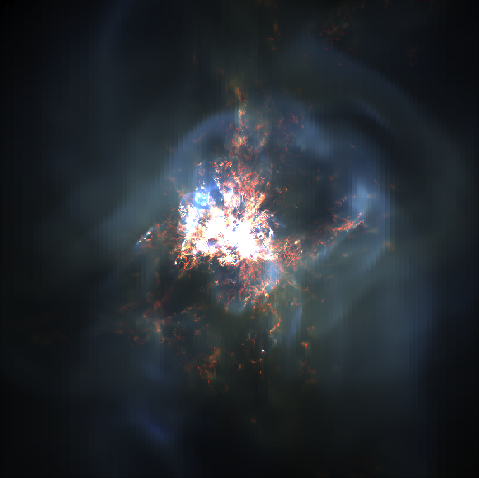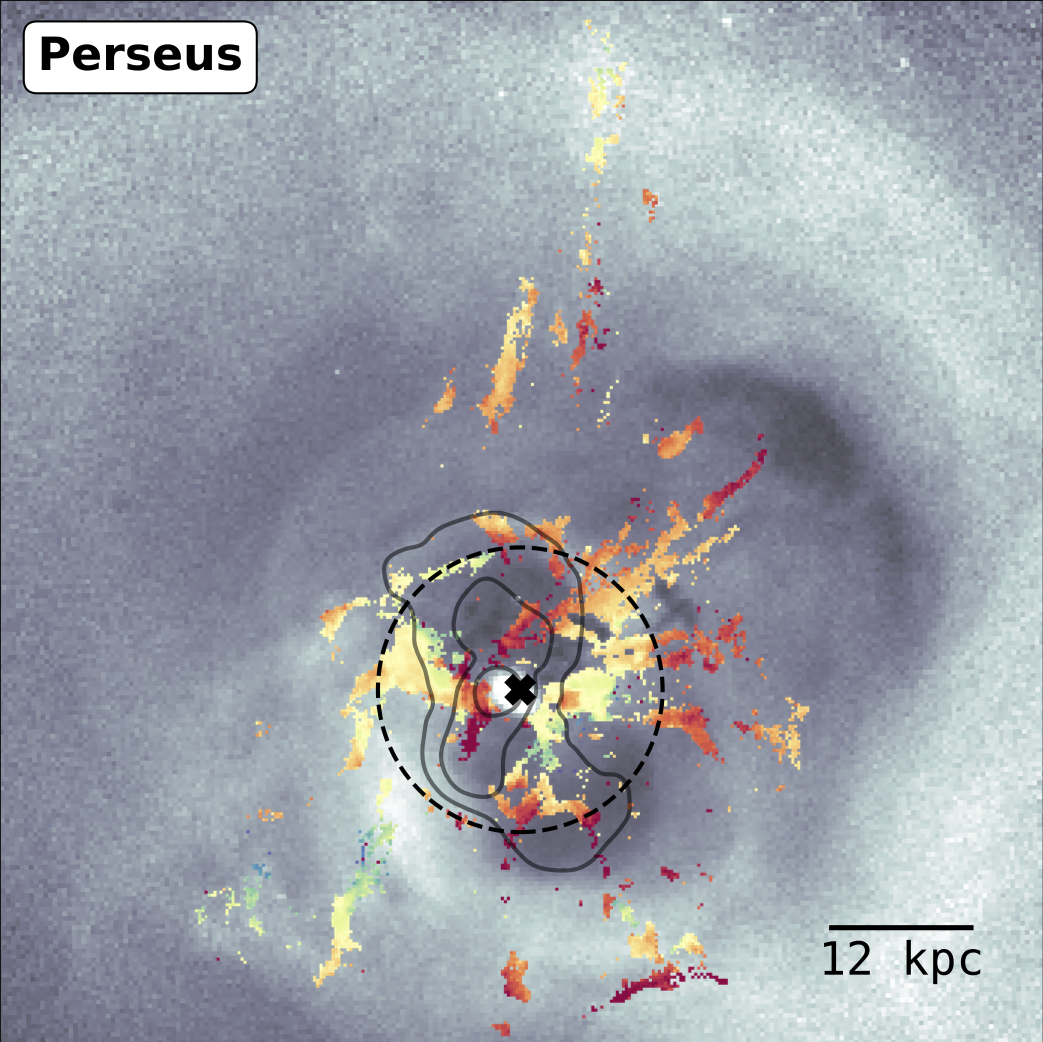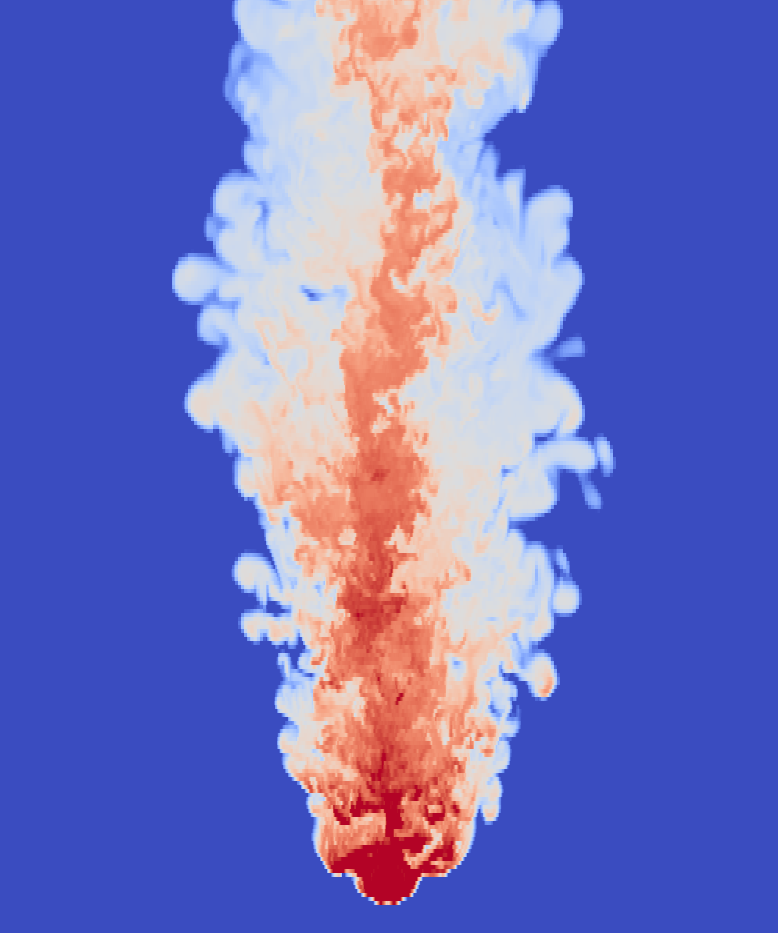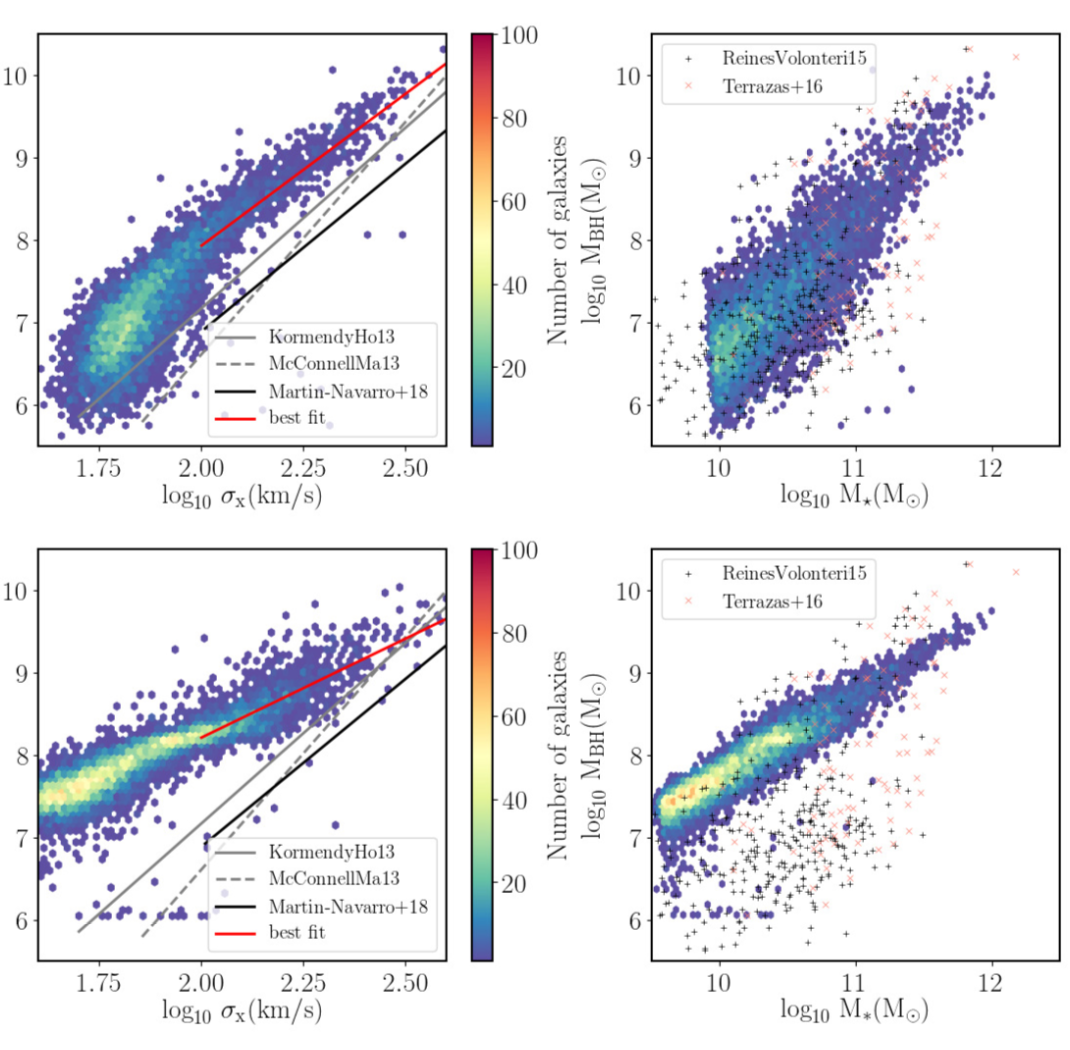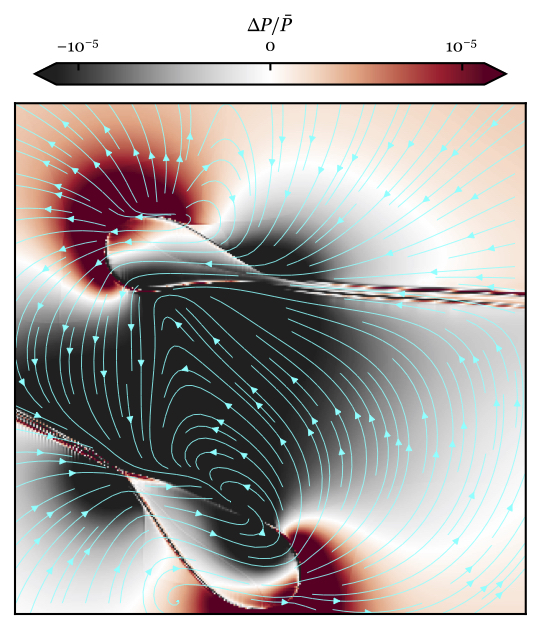About Me
I am a theoretical/computational astrophysicist but occasionally work on observational data as well. My research interests include galaxies, galaxy clusters, supermassive black hole accretion and feedback, star formation and stellar feedback, the interstellar medium, the intra-cluster medium, and the circum-galactic medium.
I grew up in a small city of three million people in China and obtained my Ph.D. from the Department of Astronomy & Astrophysics at Columbia University under the supervision of Prof. Greg Bryan.
Please email me at yuan.li *at* unt.edu if you would like to get in touch.
